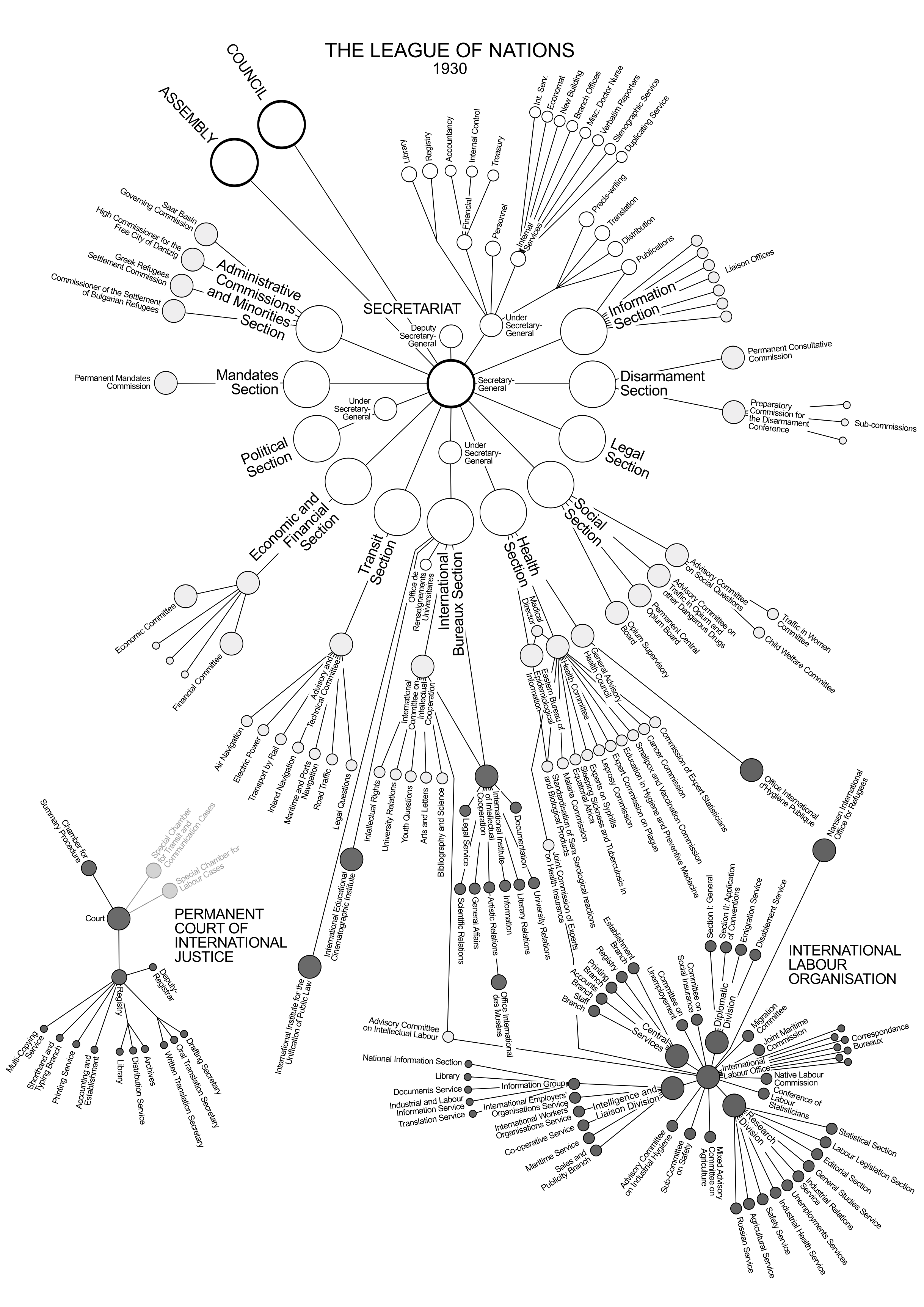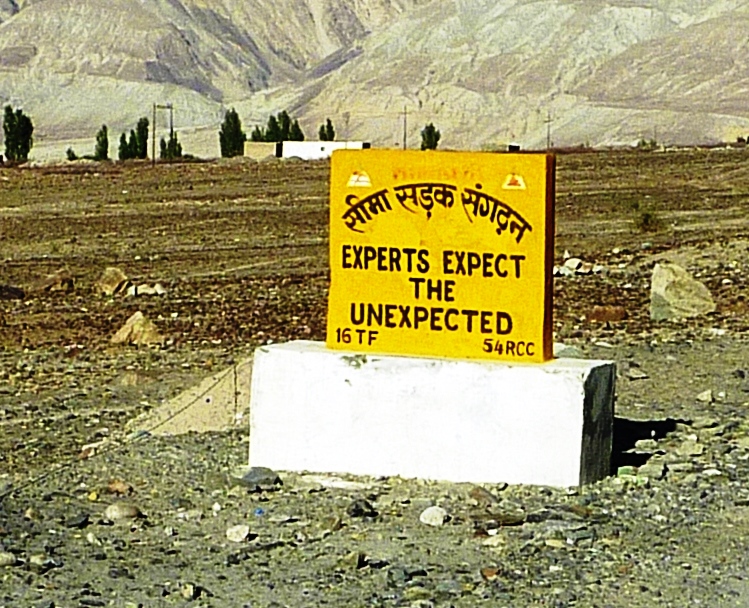|
Departmentalization
Departmentalization (or departmentalisation) refers to the process of grouping activities into departments. Division of labour creates specialists who need coordination. This coordination is facilitated by grouping specialists together in departments. Popular types of departmentalization * Functional departmentalization - Grouping activities by functions performed. Activities can be grouped according to function (work being done) to pursue economies of scale by placing employees with shared skills and knowledge into departments for example human resources, IT, accounting, manufacturing, logistics, and engineering. Functional departmentalization can be used in all types of organizations. Group activities in accordance with the function of an enterprise. * Product departmentalization - Grouping activities by product line. It can also be grouped according to a specific product or service, thus placing all activities related to the product or the service under one manager. Each major ... [...More Info...] [...Related Items...] OR: [Wikipedia] [Google] [Baidu] |
Division Of Labour
The division of labour is the separation of the tasks in any economic system or organisation so that participants may specialise (specialisation). Individuals, organizations, and nations are endowed with, or acquire specialised capabilities, and either form combinations or trade to take advantage of the capabilities of others in addition to their own. Specialised capabilities may include equipment or natural resources as well as skills, and training and combinations of such assets acting together are often important. For example, an individual may specialise by acquiring tools and the skills to use them effectively just as an organization may specialise by acquiring specialised equipment and hiring or training skilled operators. The division of labour is the motive for trade and the source of economic interdependence. Historically, an increasing division of labour is associated with the growth of total output and trade, the rise of capitalism, and the increasing complexity o ... [...More Info...] [...Related Items...] OR: [Wikipedia] [Google] [Baidu] |
Organizational Structure
An organizational structure defines how activities such as task allocation, coordination, and supervision are directed toward the achievement of organizational aims. Organizational structure affects organizational action and provides the foundation on which standard operating procedures and routines rest. It determines which individuals get to participate in which decision-making processes, and thus to what extent their views shape the organization's actions.Jacobides., M. G. (2007). The inherent limits of organizational structure and the unfulfilled role of hierarchy: Lessons from a near-war. Organization Science, 18, 3, 455-477. Organizational structure can also be considered as the viewing glass or perspective through which individuals see their organization and its environment. Organizations are a variant of clustered entities. An organization can be structured in many different ways, depending on its objectives. The structure of an organization will determine the modes in ... [...More Info...] [...Related Items...] OR: [Wikipedia] [Google] [Baidu] |
Expert
An expert is somebody who has a broad and deep understanding and competence in terms of knowledge, skill and experience through practice and education in a particular field. Informally, an expert is someone widely recognized as a reliable source of technique or skill whose faculty for judging or deciding rightly, justly, or wisely is accorded authority and status by peers or the public in a specific well-distinguished domain. An expert, more generally, is a person with extensive knowledge or ability based on research, experience, or occupation and in a particular area of study. Experts are called in for advice on their respective subject, but they do not always agree on the particulars of a field of study. An expert can be believed, by virtue of credentials, training, education, profession, publication or experience, to have special knowledge of a subject beyond that of the average person, sufficient that others may officially (and legally) rely upon the individual's opin ... [...More Info...] [...Related Items...] OR: [Wikipedia] [Google] [Baidu] |
Economies Of Scale
In microeconomics, economies of scale are the cost advantages that enterprises obtain due to their scale of operation, and are typically measured by the amount of output produced per unit of time. A decrease in cost per unit of output enables an increase in scale. At the basis of economies of scale, there may be technical, statistical, organizational or related factors to the degree of market control. This is just a partial description of the concept. Economies of scale apply to a variety of the organizational and business situations and at various levels, such as a production, plant or an entire enterprise. When average costs start falling as output increases, then economies of scale occur. Some economies of scale, such as capital cost of manufacturing facilities and friction loss of transportation and industrial equipment, have a physical or engineering basis. The economic concept dates back to Adam Smith and the idea of obtaining larger production returns through the use ... [...More Info...] [...Related Items...] OR: [Wikipedia] [Google] [Baidu] |
Product (business)
In marketing, a product is an object, or system, or service made available for consumer use as of the consumer demand; it is anything that can be offered to a market to satisfy the desire or need of a customer. In retailing, products are often referred to as '' merchandise'', and in manufacturing, products are bought as raw materials and then sold as finished goods. A service is also regarded as a type of product. In project management, products are the formal definition of the project deliverables that make up or contribute to delivering the objectives of the project. A related concept is that of a sub-product, a secondary but useful result of a production process. Dangerous products, particularly physical ones, that cause injuries to consumers or bystanders may be subject to product liability. Product classification A product can be classified as tangible or intangible. A tangible product is an actual physical object that can be perceived by touch such as a build ... [...More Info...] [...Related Items...] OR: [Wikipedia] [Google] [Baidu] |
Customer
In sales, commerce, and economics, a customer (sometimes known as a client, buyer, or purchaser) is the recipient of a good, service, product or an idea - obtained from a seller, vendor, or supplier via a financial transaction or exchange for money or some other valuable consideration. Etymology and terminology Early societies relied on a gift economy based on favours. Later, as commerce developed, less permanent human relations were formed, depending more on transitory needs rather than enduring social desires. Customers are generally said to be the purchasers of goods and services, while clients are those who receive personalized advice and solutions. Although such distinctions have no contemporary semantic weight, agencies such as law firms, film studios, and health care providers tend to prefer '' client'', while grocery stores, banks, and restaurants tend to prefer '' customer'' instead. Clients The term client is derived from Latin ''clients'' or ''care'' ... [...More Info...] [...Related Items...] OR: [Wikipedia] [Google] [Baidu] |
Geographic
Geography (from Greek: , ''geographia''. Combination of Greek words ‘Geo’ (The Earth) and ‘Graphien’ (to describe), literally "earth description") is a field of science devoted to the study of the lands, features, inhabitants, and phenomena of Earth. The first recorded use of the word γεωγραφία was as a title of a book by Greek scholar Eratosthenes (276–194 BC). Geography is an all-encompassing discipline that seeks an understanding of Earth and its human and natural complexities—not merely where objects are, but also how they have changed and come to be. While geography is specific to Earth, many concepts can be applied more broadly to other celestial bodies in the field of planetary science. One such concept, the first law of geography, proposed by Waldo Tobler, is "everything is related to everything else, but near things are more related than distant things." Geography has been called "the world discipline" and "the bridge between the human and ... [...More Info...] [...Related Items...] OR: [Wikipedia] [Google] [Baidu] |
Coca-Cola
Coca-Cola, or Coke, is a carbonated soft drink manufactured by the Coca-Cola Company. Originally marketed as a temperance drink and intended as a patent medicine, it was invented in the late 19th century by John Stith Pemberton in Atlanta, Georgia. In 1888, Pemberton sold Coca-Cola's ownership rights to Asa Griggs Candler, a businessman, whose marketing tactics led Coca-Cola to its dominance of the global soft-drink market throughout the 20th and 21st century. The drink's name refers to two of its original ingredients: coca leaves and kola nuts (a source of caffeine). The current formula of Coca-Cola remains a closely guarded trade secret; however, a variety of reported recipes and experimental recreations have been published. The secrecy around the formula has been used by Coca-Cola in its marketing as only a handful of anonymous employees know the formula. The drink has inspired imitators and created a whole classification of soft drink: colas. The Coca-Cola Company p ... [...More Info...] [...Related Items...] OR: [Wikipedia] [Google] [Baidu] |
Business Process
A business process, business method or business function is a collection of related, structured activities or tasks by people or equipment in which a specific sequence produces a service or product (serves a particular business goal) for a particular customer or customers. Business processes occur at all organizational levels and may or may not be visible to the customers. A business process may often be visualized (modeled) as a flowchart of a sequence of activities with interleaving decision points or as a process matrix of a sequence of activities with relevance rules based on data in the process. The benefits of using business processes include improved customer satisfaction and improved agility for reacting to rapid market change. Process-oriented organizations break down the barriers of structural departments and try to avoid functional silos. Overview A business process begins with a mission objective (an external event) and ends with achievement of the business object ... [...More Info...] [...Related Items...] OR: [Wikipedia] [Google] [Baidu] |
Division (business)
A division, sometimes called a business sector or business unit (segment), is one of the parts into which a business, organization or company is divided. Overview Divisions are distinct parts of a business. If these divisions are all part of the same company, then that company is legally responsible for all of the obligations and debts of the divisions. In the banking industry, an example would be East West Bancorp and its primary subsidiary, East West Bank. Legal responsibility Subsidiaries are separate, distinct legal entities for the purposes of tax A tax is a compulsory financial charge or some other type of levy imposed on a taxpayer (an individual or legal entity) by a governmental organization in order to fund government spending and various public expenditures (regional, local, or n ...ation, regulation and Legal liability, liability. For this reason, they differ from divisions, which are businesses fully integrated within the main company, and not legally ... [...More Info...] [...Related Items...] OR: [Wikipedia] [Google] [Baidu] |
Business Process Reengineering
Business process re-engineering (BPR) is a business management strategy originally pioneered in the early 1990s, focusing on the analysis and design of workflows and business processes within an organization. BPR aims to help organizations fundamentally rethink how they do their work in order to improve customer service, cut operational costs, and become world-class competitors.Business Process Re-engineering Assessment Guide United States General Accounting Office, May 1997. BPR seeks to help companies radically restructure their organizations by focusing on the ground-up design of their business processes. According to early BPR proponent (1990), a bus ... [...More Info...] [...Related Items...] OR: [Wikipedia] [Google] [Baidu] |
.jpg)





